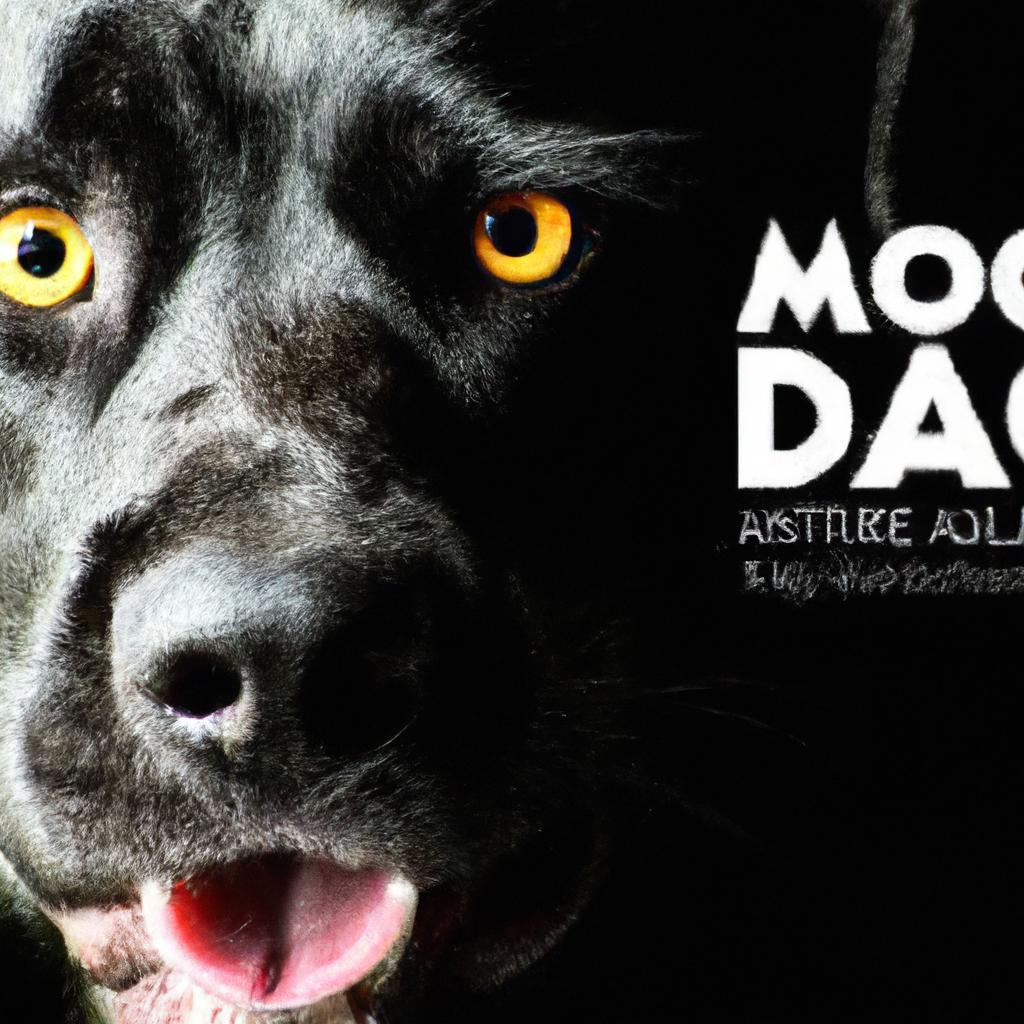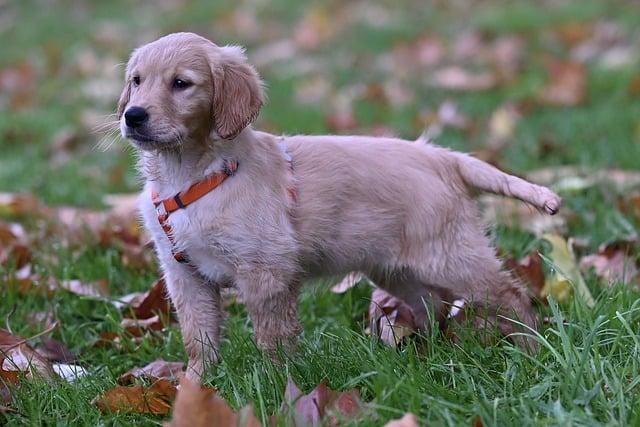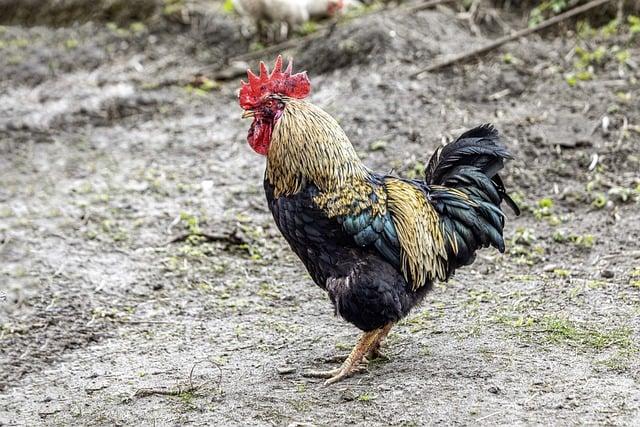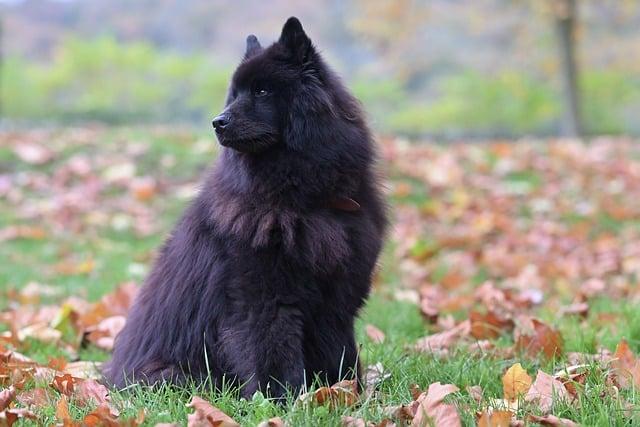In a quiet neighborhood, a family welcomed a new puppy, a Rottweiler named Max. Initially, he was playful and loving, but as he grew, so did the misconceptions about his breed. One day, a neighbor’s small dog barked aggressively at Max, and in a moment of fear, he reacted. This incident sparked a heated debate: was Max truly aggressive, or was he simply misunderstood? The truth is, aggression in dogs often stems from environment and training, not breed. Let’s focus on responsible ownership rather than labeling breeds as inherently dangerous.
Contents
- Understanding Aggression in Dogs and Its Root Causes
- Identifying the Most Aggressive Breeds and Their Characteristics
- Effective Training Techniques to Mitigate Aggressive Behavior
- Choosing the Right Environment for Aggressive Dog Management
- Q&A
Understanding Aggression in Dogs and Its Root Causes
Understanding the complexities of canine behavior is essential for any dog owner, especially when it comes to aggression. Aggression in dogs can manifest in various forms, including fear-based, territorial, and protective behaviors. Each type of aggression has distinct triggers and underlying causes that can often be traced back to a dog’s environment, genetics, and past experiences. Recognizing these factors is crucial for effective management and training.
One of the primary root causes of aggression is **fear**. Dogs that have experienced trauma or have not been properly socialized may react aggressively when they feel threatened. This fear can stem from a variety of sources, such as negative encounters with other animals or humans, loud noises, or sudden changes in their environment. Understanding that fear-driven aggression is a response to perceived danger can help owners approach their dogs with empathy and patience.
Another significant factor contributing to aggressive behavior is **territoriality**. Many dogs instinctively protect their home and family, viewing strangers or other animals as potential threats. This protective instinct can escalate into aggression if not properly managed. Owners should be aware of their dog’s body language and vocalizations, as these can provide critical insights into their comfort levels and potential triggers. Training and socialization can help mitigate territorial aggression by teaching dogs appropriate responses to unfamiliar stimuli.
Lastly, **genetics** plays a vital role in a dog’s predisposition to aggression. Certain breeds are more prone to aggressive behaviors due to their historical roles as working or guarding dogs. However, it is essential to remember that genetics alone do not determine a dog’s behavior. Environmental factors, training, and socialization are equally important in shaping a dog’s temperament. By understanding the interplay between genetics and environment, owners can take proactive steps to foster a well-adjusted and non-aggressive canine companion.
Identifying the Most Aggressive Breeds and Their Characteristics
When discussing canine aggression, it’s essential to understand that aggression can manifest in various forms, influenced by factors such as genetics, environment, and training. Certain breeds are often labeled as more aggressive due to their physical strength, protective instincts, and historical roles. Among these breeds, some consistently rank higher in aggression levels, making it crucial for potential owners to be aware of their characteristics.
**Pit Bull Terriers** are frequently cited as one of the most aggressive breeds. Known for their muscular build and high energy, they require consistent training and socialization from an early age. Without proper guidance, their natural instincts can lead to aggressive behavior, particularly if they feel threatened or are not adequately exercised. Their loyalty and protective nature can be a double-edged sword, making them excellent companions for experienced owners who understand their needs.
**Rottweilers** are another breed often associated with aggression. Originally bred for herding and guarding, Rottweilers possess a strong protective instinct. They are confident and assertive, which can translate into aggressive behavior if not properly managed. Early socialization and obedience training are vital to ensure they develop into well-rounded pets. Their loyalty to their families is unmatched, but it requires a firm and knowledgeable handler to channel their energy positively.
**German Shepherds** also fall into the category of breeds that can exhibit aggressive tendencies. Renowned for their intelligence and versatility, they are often employed in police and military roles. However, their protective nature can lead to aggression if they perceive a threat to their family or territory. Proper training and socialization are essential to harness their protective instincts while ensuring they remain friendly and approachable. Understanding these breeds’ characteristics is crucial for potential owners to foster a safe and harmonious environment.
Effective Training Techniques to Mitigate Aggressive Behavior
Understanding and addressing aggressive behavior in dogs requires a multifaceted approach that emphasizes positive reinforcement and consistency. One of the most effective techniques is **desensitization**, which involves gradually exposing the dog to the stimuli that trigger its aggression in a controlled manner. This process allows the dog to become accustomed to the presence of the trigger without feeling threatened, ultimately reducing its aggressive response over time.
Another crucial technique is **counter-conditioning**, which aims to change the dog’s emotional response to a specific trigger. By pairing the presence of the trigger with something positive, such as treats or praise, the dog learns to associate the previously feared stimulus with a rewarding experience. This method not only helps in reducing aggression but also fosters a more positive outlook towards various situations.
Consistency in training is paramount. Establishing clear rules and boundaries helps the dog understand acceptable behaviors. Utilizing **positive reinforcement**—rewarding good behavior rather than punishing bad behavior—encourages the dog to repeat desired actions. This approach builds trust between the dog and its owner, creating a safer environment for both parties. Techniques such as clicker training can be particularly effective in reinforcing positive behaviors.
incorporating **socialization** into the training regimen is essential. Exposing the dog to a variety of environments, people, and other animals can significantly reduce fear-based aggression. Controlled playdates with well-behaved dogs can help the aggressive dog learn appropriate social cues and interactions. By fostering positive experiences in diverse settings, owners can help their dogs develop confidence and reduce aggressive tendencies.
Choosing the Right Environment for Aggressive Dog Management
When it comes to managing aggressive dogs, the environment plays a crucial role in ensuring safety and effectiveness. A well-chosen setting can significantly reduce stress for both the dog and the handler, facilitating better communication and training outcomes. Consider environments that are calm, controlled, and free from distractions. This can include private training spaces, quiet parks during off-peak hours, or even your own backyard, where the dog feels secure and less threatened.
Another important factor is the presence of positive reinforcement elements in the environment. Surrounding the dog with familiar scents, toys, and people they trust can create a sense of comfort. This familiarity can help in reducing aggressive tendencies by promoting a more relaxed state. Additionally, incorporating elements that encourage engagement, such as interactive toys or agility equipment, can redirect aggressive energy into constructive activities.
It’s also essential to consider the social dynamics of the environment. If the dog has a history of aggression towards other animals or people, it’s vital to avoid crowded or chaotic settings. Instead, opt for environments where the dog can gradually acclimate to new stimuli at their own pace. Controlled introductions to other dogs or people, under supervision, can help build positive associations and reduce fear-based aggression.
Lastly, the role of professional guidance cannot be overstated. Engaging with a certified dog trainer or behaviorist who specializes in aggressive behavior can provide invaluable insights into creating the right environment. They can help tailor the space and activities to meet the specific needs of the dog, ensuring that the management strategies are both effective and humane. By fostering a supportive and understanding environment, you can pave the way for a more harmonious relationship with your dog.
Q&A
-
What breed is considered the most aggressive dog?
While there is no definitive answer, breeds like the Pit Bull, Rottweiler, and German Shepherd often top the lists due to their strength and protective instincts. However, aggression is not solely determined by breed.
-
Are aggressive dogs dangerous to humans?
Yes, aggressive dogs can pose a danger to humans, especially if they are not properly trained or socialized. It is crucial to understand that aggression can stem from various factors, including fear, lack of training, or poor socialization.
-
Can any dog become aggressive?
Absolutely. Any dog, regardless of breed, can exhibit aggressive behavior if not properly trained or socialized. Factors such as environment, treatment by owners, and past experiences play significant roles in a dog’s behavior.
-
How can aggressive behavior in dogs be managed?
Managing aggressive behavior requires a combination of training, socialization, and sometimes professional help. Positive reinforcement techniques, consistent training, and early socialization can significantly reduce aggressive tendencies.
understanding the traits and behaviors of the most aggressive dog breeds is crucial for responsible ownership. By prioritizing training and socialization, we can foster safer environments for both pets and people alike. Choose wisely, and ensure a harmonious relationship.

大家好,我是彼得潘,專業的手法身體治療師。我喜歡探索和研究各種主題,並透過與人工智慧的合作分享專業、實用、有趣的文章。我們定期進行人工審核,以確保內容的準確性。如果您發現文章中有任何不準確的地方,請隨時與我們聯繫,我們會及時糾正。您可以透過 [email protected] 與我們聯繫。



